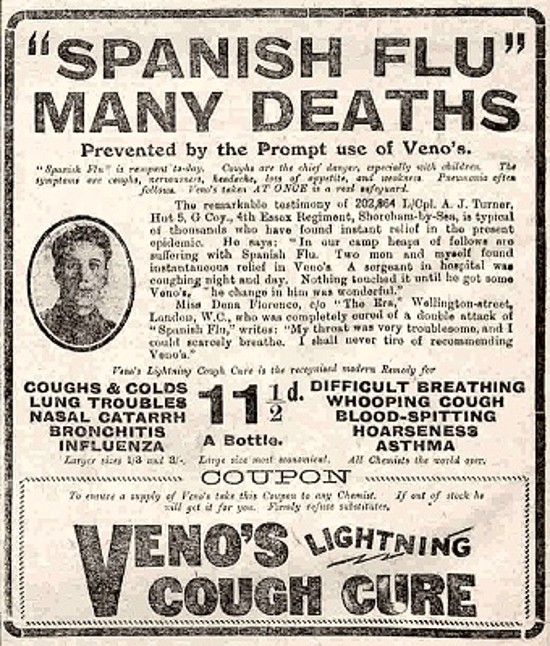
In 1918 the Spanish Flu was a mystery illness that killed the young and old alike. It arrived in the first wave as a mild infection. But in its second wave, it was deadly. Subsequent waves of it eventually infected more than a half-billion on the planet and killed between 20 and 50 million.
The world at the time didn’t have the medical means of today, nor the knowledge, to successfully combat its spread. Eventually, the adoption of social distancing, mask-wearing, and handwashing mitigated the virus’ spread which saw wave after wave of the disease.
In the United States, the 1918 pandemic killed 675,000. And now, according to the latest data from John Hopkins University and The Centers for Disease Control and Prevention (CDC), COVID-19 deaths have passed 676,000 over the last 21 months.
In perspective, the U.S. population in 1918 was 103 million, so the Spanish Flu killed a higher percentage of the population than COVID-19 has to date. But there is no doubt that deaths from COVID-19 have generally been underreported globally. And in the U.S., based on analysis from the Institute for Health Metrics and Evaluation at the University of Washington, the death toll has been underreported by at least 57%. So that 676,000 number is actually over 1 million.
How can we conclude that COVID-19 deaths are undercounted? Because deaths not occurring in hospitals, deaths attributed to underlying conditions, and deaths where there was no confirmed infection through a positive test, yet the symptoms pointed to COVID, have not been included in the John Hopkins and CDC official tallies.
In 1918, the Spanish Flu killed 1 in every 150 Americans. In 2021, COVID-19 has been killing at the official rate of 1 in every 500, and if we take into consideration the underreporting, at a rate of 1 in approximately 330.
More disturbing of late is the spread of the Delta variant of COVID-19 which has reversed a trend over several months of declining new cases and deaths. But of late on average, 150,000 Americans are testing positive for the virus and 1,888 are dying each day.
How can the death toll continue to climb when accelerated vaccine development has given us effective preventive treatments to ward off COVID-19? In 1918 we had no vaccine for the Spanish Flu. But in 2021, we have many.
What’s different about today from 1918? Dissemination of disinformation has always been a part of the American experience. Shills who dispensed home remedies were abundant at the beginning of the 20th century. Advertising flyers of the time promote all kinds of treatments for what ailed Americans and most of them were bogus. But materials in print don’t have the same reach as electronic media where misinformation can be spread at the speed of light. That’s the difference today. If an animal deworming treatment like Ivermectin were being hocked to Americans using the technologies available for information dissemination in 1918, it wouldn’t have had the same reach that has made the drug a popular and poisonous choice for audiences who distrust medical and government authority.
The anti-vaccination movement today uses social media to spread fear, uncertainty, and doubt (FUD). And this FUD factor is continuing to kill Americans and others around the world despite existing and effective treatments to prevent COVID-19. And because of a significant percentage of the population remaining unvaccinated, COVID-19 has a breeding ground for evolving new variants that make vaccinations less effective. Talk about a Catch-22.








